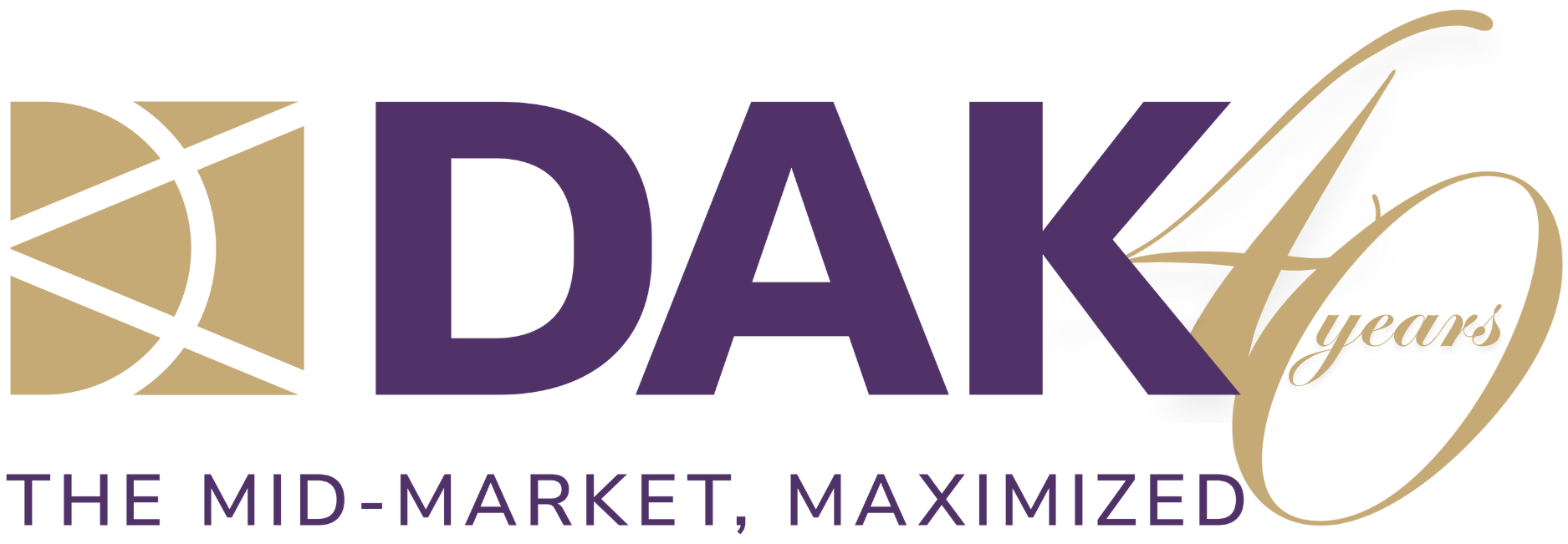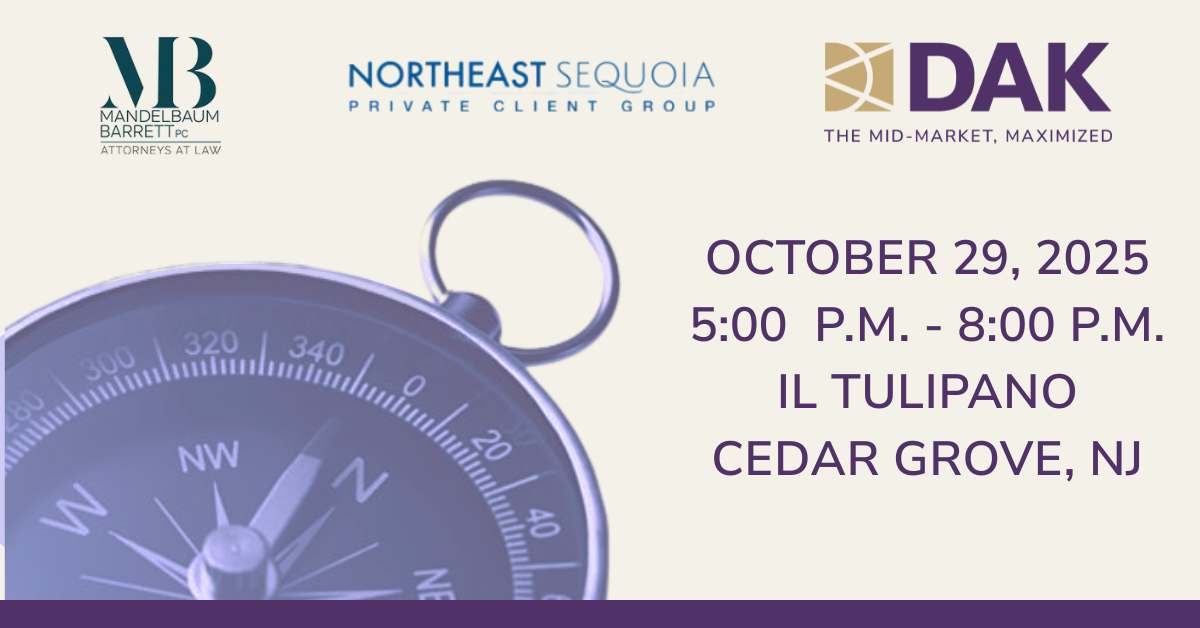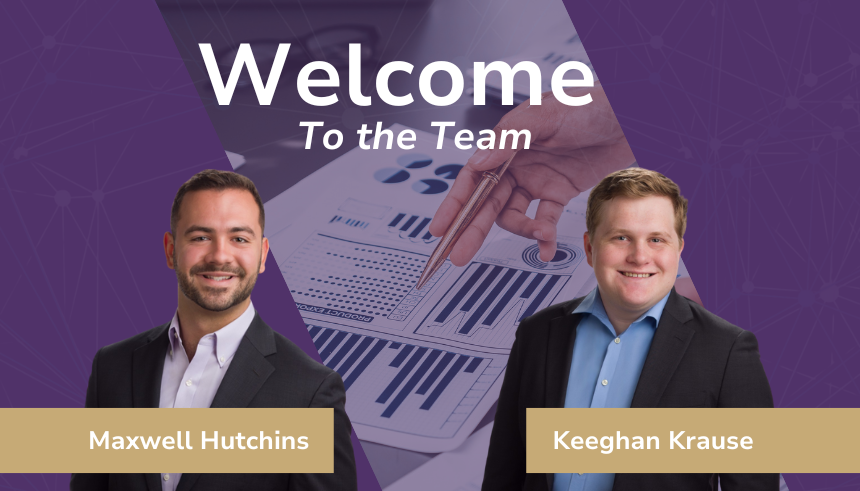DAK’s Melvyn Peters, talks with Angelo Spinola, Polsinelli Law Firm’s Practice Chair in Home Health, Home Care, and Hospice, about his start, the biggest pitfalls first-time sellers make, and key trends in the highly active home-care marketplace.
Click here to download the FireSide Chat featured in the Homecare Services 2022 Year in Review.
Transcript
Fireside Chat Questions:
- How you got the start
- Talk about your practice
- Deal types; role of Polsinelli
- Biggest pitfalls of first-time sellers in home health and home care
- Current trends: regulatory and deal diligence
- Staffing: how to maintain and improve operationally and from acquirer level
- Closing remarks
Melvyn: Angelo, thanks for joining me today as part of our 2022 year in review. With your two decades of experience in the industry serving large corporates, privately held businesses, and financials sponsors, I’d love to know how you got started.
Angelo: Thank you very much for having me. Believe it or not, before I became a lawyer, I was a live-in caregiver back in the days of flat day rates. I think I was making about $150.00 a weekend, working in a group home with autistic men. I learned that as much as I loved the industry, I wasn’t the best caregiver, but I still wanted to contribute.
I went to law school and got really involved in the industry around the time that live in and companionship exemptions changed. When the DOL changed the rules and suddenly personal care attendants were entitled to overtime, I litigated a case against over several years, working with the national associations and a lot of the providers. From there I started to litigate some of the big class action cases in the home health space around clinician exemptions and gradually got into transactions. About 95% of my practice is in home-based care.
Melvyn: I think it’s unique to have folks that start off as caregivers or operators to end up in the legal space. Typically, people start off as caregivers and then start an agency or join a franchise. Talk a little bit about your practice?
Angelo: I am an employment lawyer and I represent providers on any issue around their employees, whether that’s compliance based or litigation. Originally, I worked with the DOL, responding to audits, class cases, IRS audits, things like that. And then I really pivoted. I found that the same issues came up over and over again, and that providers would fix their compliance programs, spending a lot of money in the process. This didn’t work and a more holistic approach was needed to nip issues in the bud before they became costly.
Now, I say: let’s look at your organization, let’s identify the things that we know from our experience could trip you up, and resolve that on the front end. That’s led to a lot of diligence work on the transactions side – being able to quickly dissect the business and understand it and the issues they have thanks to our industry experience.
Melvyn: Great overview. On the topic of deals, what types of deals do you typically work on?
Angelo: I work on a lot of home-based care deals and a few years ago, I transitioned to Polsinelli to be part of a full-service platform. Before, my old firm was only doing compliance or regulatory work and had to refer out M&A work, but oftentimes we were sourcing deals, introducing buyer to seller. Our split of deals at Polsinelli is ~75% buy-side and 25% sell-side, and that’s companies from $1-10 million in revenue to the fortune 500. We’re great at handling small, repetitive deals that are really common in the industry right now, creating a playbook for strategic and financial buyers alike, and have the depth to support larger transactions.
Melvyn: Having the ability to bundle everything together in a cost effective and efficient manner for groups doing tens of acquisitions a year really speaks to the pace of consolidation in the marketplace. You mentioned the $1 -$10 million agencies or perhaps those who could be selling for the first time. What are some of the biggest pitfalls you see with first time sellers?
Angelo: Sometimes businesses don’t understand that there’s no business that’s too small for the right kind of buyer. They think they must be a certain threshold – that might be true for private equity but that’s not always true for strategics, so number one is not starting the process soon enough. When we have a new client, we’ll ask them: what is your long-term goal? What do you want to accomplish? And a lot of times you hear “well, we want to sell in three to five years”. We help them kick the tires on the business, start looking at where there is risk, where it could be flagged, and correcting those issues while there is still runway before due diligence happens.
The second pitfall is not evaluating all your options. No two buyers are alike and deal making is like dating. Yeah, your soul mate’s out there, but you’re going to have to date some people to find them. Evaluating options helps because some businesses have a unique interest in your business whereas others don’t. Some will say that’s a run-of-the-mill business, while others will say you’re in a market we really want to be in, and even though you’re ex-revenue today, we see great growth potential tacking on your services to what we’re doing or feeding your line of service through our line of service from home health down to personal care and beyond. A good example of that is New York. Some buyers stay completely out of New York and some are dying to get in, which is very difficult because New York has a real limitation on the number of licenses you can have.
Finally, don’t get distracted. A transaction is exciting, especially for a first-time seller. It’s a life event, something that they’ve been building toward and now it’s finally happening. However, the process can be long, and there is waiting involved during due diligence. This is where mistakes can happen from an operational perspective, and then, when the deal doesn’t actually happen, owners are left picking up pieces.
Melvyn: It’s impossible to underscore how important starting early is. I always think of the adages “begin with the end in mind” or “forewarned is forearmed”, because by getting in front of the issues that can trick up sellers during due diligence, you can increase the likelihood of success in a process. There is no business that’s going to go to market for sale or investment that’s perfectly primed for sale, nor is the market ever perfect. But it is important to have a strategy in place to get around the issues that will come up.
Another pitfall I think sellers sometimes make is they don’t think consider the breadth of the market. Obviously, there are certain geographies where, depending on your payor base or the rate environment, it can be a really tough market that certain buyers will stay out of, but there’s also opportunities to have a really diverse set of buyers where you might have an outlier outcome. It’s really hard to say what valuation is because valuation isn’t just a multiple of EBITDA or some type of cash flow-based valuation, it’s what the business is worth to the buyer. There might be some reimbursement rate synergies or maybe they unlock that last geography in terms of having full coverage – these things can move valuations upwards.
Angelo: It’s not always about multiples – well said. We were working with a business in the Northeast recently and the best offer was not the best buyer. Financially, it was the best offer, but the state the agency was in is a difficult place to operate a home care business and this investor didn’t appreciate that. Luckily, the seller was savvy enough to recognize it. For the longevity of her business, she didn’t want to be in a position where somebody was learning on her dime, and she had a real interest in what her legacy was and in knowing that the business will be around after her and she didn’t want the business getting slashed and burned, even though it might have been a higher payout for her.
Melvyn: You’re right Angelo. Those are significant factors, the intangibles. It’s a good closing thought here on the topic of pitfalls as sellers need to be equally focused on the intrinsic part of the sale as much as the financial piece – especially since they often have to work together with buyers post-transaction.
Changing gears to due diligence, we’ve seen buyers become more risk averse compared to last year. For example, buyers are more concerned about issues such as 1099 to W2 conversion, understanding run rate reimbursement rates and cost structure, and about margin erosion with the uneven operating environment the past few years. Compared to last year, or 2021, buyers are more cautious. What other trends are you seeing in the current marketplace from a regulatory and diligence perspective?
Angelo: We saw the same thing last year. Sellers had more agency over time to close, terms, and valuation parameters. Now from a buyer’s perspective, there is an increased focus on diligence and they’re slowing down. They’re not having to cut corners to be a preferred buyer in a process. One big focus of buyers is gaining a better awareness in a transaction, because some groups really got burned.
The impact of successor liability to a buyer’s organization, particularly when it’s an asset deal, is a big topic right now. There’s this view sometimes, that well, it’s an asset deal, we don’t have to worry about a lot of these things and that’s not true of several areas, including employment and pay practices. If you think about it, what is a home care business, right? It’s the caregivers. Without the caregivers you don’t have anything and that’s your asset, so if there are pay practice issues they have priority, regardless of whether the suit is against the seller or the buyer. And you own that. You own that successor reliability as a buyer regardless of the transaction type. A lot of companies didn’t previously appreciate that, but the sophisticated buyer does.
Another factor is the impact of stimulus monies. Whether that be the EIDL or the PPP program, which is a huge one in our space. Did you qualify? How did you use that money? Our government is investigating those kinds of issues, and we just saw the statute of limitations on EIDL and PPP Loans move to ten years for an investigation, and already we’re seeing the headlines of people tapped for the misuse. That’s going to continue and buyers are looking at the following: what do you have in place that demonstrates that you were qualified to take this money, did you use it appropriately, and is there a paper trail to trace back the funds? You deal with these things now and you’re less likely to have a compliance issue where we’ve got the government investigating the industry.
The other side of this is the following: did these funds artificially prop up the business during the pandemic? What was the profile of the business before and after COVID because in some respects things have changed significantly and sometimes that’s for the better and sometimes that’s for the worse. If there has been a major shift, an operator should dig into the business to understand what’s driving performance.
Where is the market going in terms of reimbursement rates? What’s happening with Medicare Advantage? What’s happening with Medicaid waiver rates? What do we anticipate is going to happen from an industry perspective in this jurisdiction, how would that impact the business, and what is the impact on the actual transaction? With all the fluctuations in rates across different streams of care, and the challenges with Medicaid and Medicare, due diligence is digging deeper into the reimbursement side of things. This can have negative effects on value if major differences in performance are found on a proforma basis versus current performance.
How is staffing – can a seller manage a business with minimal unwanted turnover? Turnover rate is important alongside culture. Is there a way to maintain that culture or are you going to have caregivers, the primary asset in one of these transactions leave? We’ve seen buyers get really creative in some instances, especially now, with the changed balance of power between agencies and caregivers.
Melvyn: One trend we’re seeing is the increased risk aversion of buyers. That’s partially coming from the financing market, but also concerns over the general economy, although I think we both could agree the long-term trends for healthcare services are quite strong and that more structure is needed to get some deals done with the likes of tiered payments or earnouts.
There was a shortage of ~ 500,000 nurses before the pandemic and that number was well over a million at the height of COVID. How are some of your clients managing the headwinds here? I know from our experience when buyers are looking at fill rates, they’re looking at turnover and the longevity of caregivers, the ability to staff authorized hours, and the potential to do it at higher and higher levels, which is a big part of increasing margin and scale. What are some of the best practices your clients when it comes to staffing?
Angelo: This is a problem we’re going to be dealing with for a long time to come. I’ve got a presentation coming up where we talk about these statistics and the fact that you’re not going to get these caregivers in the United States when you look at the aging population versus who’s entering the job market even if we increased our percentage of working age adults entering the workforce for the industry. Which is not what’s happening, right? This is a challenging job for a caregiver and at least in the personal care space, it’s not particularly high wage, and it takes a special kind of person to do it. Add the barriers to entry where you’ve got to wait on the state, to register, to keep up with your training requirements, that’s tough when you can pick up a job at Walmart at the same rate of pay.
Total rewards & culture-focused staffing strategies are the ones with the most success. Caregivers often will say, look, I don’t really feel like I’m a part of this organization. I don’t see anybody, I don’t see my supervisor, it’s me and the client. That’s where the relationship is. I’m not very invested in this business. I can take it or leave it. To that end, Companies need to make themselves the most attractive option to caregivers, but how do they do that? They can reach out to caregivers; give them the type of training they’re looking for. They can provide opportunities for advancement and access to technology platforms that help to reduce the burden of scheduling and administration. They can provide scaled incentives, where caregivers get bonuses that scale up as a percentage of total compensation over time. This could be a 2% bonus as a % of full-time compensation in year 1 at a company, 3% in year 2, 5% in year 3, etc.
The “right” fringe benefits can be a key differentiator to show that you “care”. A provider in the Midwest we looked at during a diligence process was really unique. He was the seller, and his retention rate was through the roof with no turnover. He had these neat massage days where he picked up caregivers and sent them off for a spa day. He was really invested in his workforce and to him, this was not only a fringe benefit, it was a demonstration and message to his caregivers that: we’re all a part of this, I care about you, and you matter. You’re not a cog in a machine, which is ultimately what it’s about, right? Wages are one thing, but the feeling of belonging in an organization is another.
Immigration reform is a longer-term solution, and it’s a little beyond the scope of what we’re talking about here but creating a visa specifically for caregivers like we see in Canada and some other countries could significantly help to reduce the shortage. We’re going to ultimately see that we need to find something like that because the population in the United States is aging so rapidly.
Melvyn: One of the comments you made was that a lot of caregivers only interact with patients. Agencies need to work to make people feel more involved and inclusive, especially when they don’t see their peers. That’s not just in home-based care, but throughout a lot of the industries in the US. Remote-only or hybrid environments can be more efficient, or are mission critical as they are in home-care, but they can also lead to feelings of isolation for caregivers. That anecdote, about the day spa, definitely unique, but still resonates from the perspective of giving caregivers time to decompress with their peers in a new setting.
That said, this has been a great discussion. I really enjoyed having you on and look forward to seeing what you and your team do in 2023. Any closing remarks?
Angelo: I think there is a spirit of the day amongst some sellers. I’ve gotten some calls recently where business owners feel exhausted. They see regulatory challenges and they’re feeling stressed. And I really worry sometimes about these folks, because if you want to sell your business, that’s great. If you want to recap, that’s fine too. But I also want to encourage folks that this is the industry to be in. McKinsey just released a study where they estimate $265 billion worth of healthcare will move from facilities to home -based care by 2025. We’re not talking about a decade, this is in a few years. Private equity is involved in our space for a reason, right?
I would encourage folks to look and think long-term at all the opportunities on the horizon. I love this industry and I feel very honored to be a part of it. I’m glad to be able to serve it and I want to give those words of encouragement to our owners out there.





